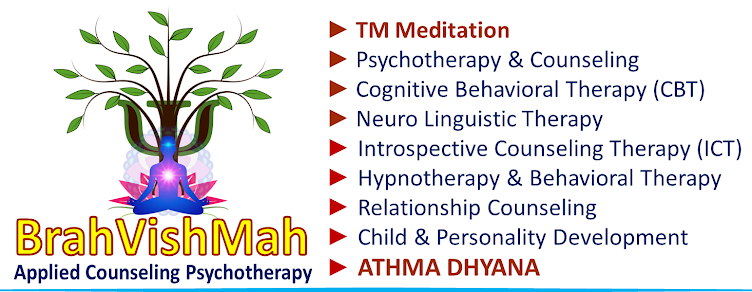Separation anxiety disorder is one of the most common childhood anxiety disorders. Separation anxiety is a normal stage of development for infants and toddlers. Young children often experience a period of separation anxiety, but most children outgrow separation anxiety by about 3 years of age. Less often, separation anxiety disorder can also occur in teenagers and adults, causing significant problems leaving home or going to work. But treatment can help. It is an exaggeration of otherwise developmentally typical anxiety manifested by excessive concern, worry, and even dread of the actual or anticipated separation from an attachment figure.
Although separation anxiety is a developmentally appropriate phenomenon, the disorder manifests with improper intensity at an inappropriate age or in an inappropriate context. Developmentally appropriate separation anxiety manifests between the ages of 6 to 12 months. This normative or physiological separation anxiety remains steadily observable until approximately age 3 and, under normal circumstances, diminishes afterward. This activity outlines the current DSM-5-TR diagnostic criteria; available validated assessment tools; evidence-based treatments, often combination treatment approaches; and the benefits of inter-professional team collaboration to enhance clinical outcomes for patients with separation anxiety disorder.
Symptoms
1) Excessive distress before and during separation
2) Excessive worry about losing the attachment figure
3) Excessive worry about events that may cause separation from the attachment 4) figure
5) Reluctance to leave the separation figure
6) Persistent and excessive fear of being alone
7) Reluctance to sleep away from the attachment figure
8) Repeating nightmares about separation
9) Recurring physical symptoms during real or anticipated separation
Risk Factors
1) A family history of anxiety or depression
2) Shy, timid personalities
3) Low socioeconomic status
4) Overprotective parents
5) A lack of appropriate parental interaction
6) Problems dealing with kids their own age
Treatment and Intervention
Parent-child interaction therapy
Stage 1: Child-directed interaction (CDI): which focuses on improving the quality of the parent-child relationship. It involves warmth, attention, and praise. These help strengthen a child’s feeling of safety.
Stage 2: Bravery-directed interaction (BDI): which educates parents about why their child feels anxiety. Your child’s therapist will develop a bravery ladder. The ladder shows situations that cause anxious feelings. It establishes rewards for positive reactions.
Stage 3: Parent-directed interaction (PDI): which teaches parents to communicate clearly with their child. This helps to manage poor behavior.
Cognitive Behavioral Therapy (CBT)
CBT is considered the first-line treatment for SAD and is an optimal choice for its efficacy and low risk of adverse effects. This therapy aims to help people identify their thoughts and behaviors that make their separation anxiety worse. Parents may also learn additional parenting techniques that can reduce their separation anxiety. CBT should include techniques involving psycho-education, changing mal-adaptive thought patterns, and gradual exposure to anxiety-provoking situations. Effective CBT typically requires 10 to 15 outpatient sessions (60-90 minutes each) with the practice of newly acquired skills at home. The treatment regime may be shortened or prolonged depending on the severity of symptoms and co-morbid factors.
Medications
Antidepressants or other anti-anxiety medications may be used to treat severe cases of separation anxiety disorder. Some studies report CBT and SSRIs as equally efficacious for children with anxiety disorders; others report CBT to be superior to pharmacotherapy on some indices. More recent data suggest that combination treatment with CBT and SSRIs is more efficacious than either treatment alone, with as many as 81% of children with anxiety disorders who received sertraline and CBT being classified as responders compared to a 60% response rate for CBT alone and 55% response rate for sertraline alone.




No comments:
Post a Comment